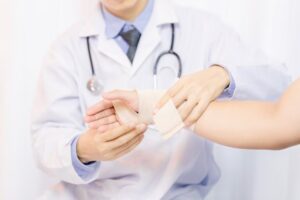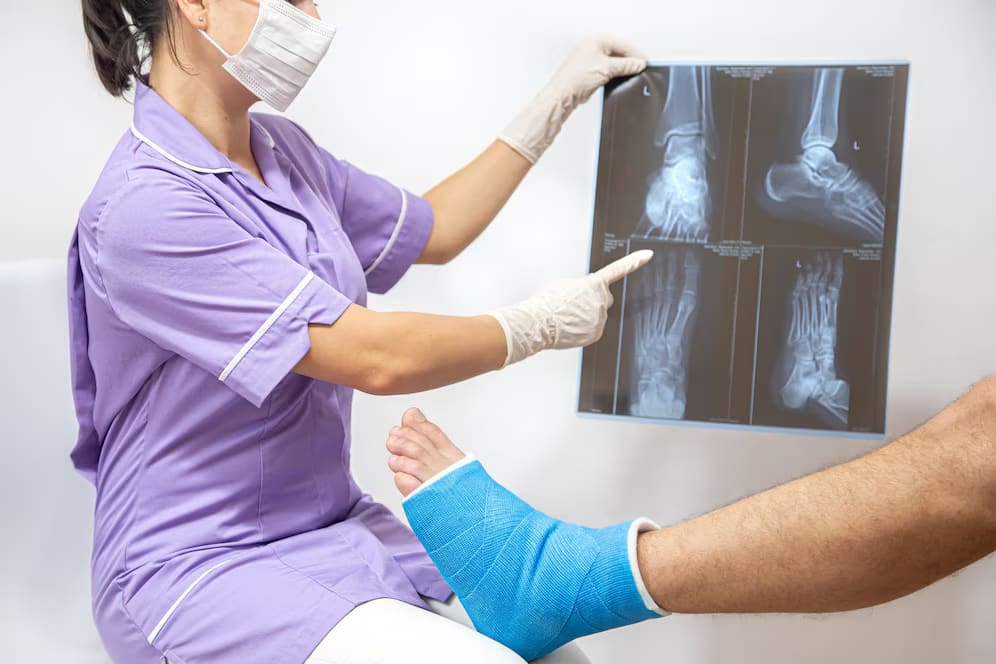Orthopedic fractures are among the most common injuries worldwide, resulting from various causes such as road traffic accidents, sports injuries, and falls. With advancements in medical technologies and surgical techniques, the management of fractures has seen significant progress. This article delves into the latest developments in orthopedic trauma care, focusing on fracture treatment modalities, challenges, and future directions.
Understanding Orthopedic Fractures
Orthopedic fractures refer to breaks in bones caused by high-impact trauma or medical conditions that weaken bones (e.g., osteoporosis). These fractures are categorized based on their location (e.g., upper limb, lower limb, spine), complexity (simple vs. compound), and displacement (displaced vs. non-displaced).
Causes of Fractures
- Road Traffic Accidents: A leading cause of severe fractures globally, particularly in the lower limbs and spine.
- Falls: Common among elderly individuals due to reduced bone density.
- Sports Injuries: High-impact sports often result in stress fractures or joint-related injuries.
- Pathological Conditions: Diseases like osteoporosis or cancer can weaken bones, increasing susceptibility to fractures.
Treatment Modalities
Orthopedic fracture management involves both surgical and non-surgical approaches:
1. Non-Surgical Treatments
- Closed Reduction: Realigning the bone without surgery, followed by immobilization using casts or braces.
- Traction: Used for specific fractures to maintain alignment during healing.
2. Surgical Treatments
- Open Reduction and Internal Fixation (ORIF): Common for complex fractures; involves realigning bones and securing them with plates, screws, or rods.
- External Fixation: Stabilizing bones with external frames for severe fractures or when internal fixation isn’t feasible.
- Bone Grafting: Used in cases of non-union or large bone defects.
Challenges in Fracture Management
- Delayed Healing and Non-Union: Factors like infection, improper fixation, or poor blood supply can hinder recovery.
- Complications of Surgery: Risks include infections, implant failure, and post-traumatic arthritis.
- Patient-Specific Factors: Conditions like diabetes, smoking habits, and obesity can impact healing outcomes.

Emerging Technologies in Orthopedics
- Personalized Medicine: Tailoring treatment plans based on patient-specific factors like bone density and fracture type.
- Biomechanical Simulations: Tools like the AO Fracture Monitor help predict fracture behavior and healing progress through real-time data collection.
- Minimally Invasive Techniques: Reducing recovery time and complications through advanced surgical methods.
Future Directions
The future of orthopedic fracture care lies in integrating technology with clinical practice:
- Development of smart implants that monitor healing progress.
- Use of 3D printing for custom implants and prosthetics.
- Enhanced rehabilitation protocols using robotic assistance.
FAQs
1. What types of orthopedic injuries are most common in auto accidents?
Auto accidents commonly result in fractures, dislocations, sprains, and soft tissue injuries affecting bones, joints, and surrounding muscles.
2. How are fractures from auto accidents treated?
Treatment options vary by severity and may include immobilization with casts, physical therapy, or surgical interventions like ORIF or external fixation.
3. What is the recovery time for fractures after an auto accident?
Recovery time depends on injury severity and individual factors but typically ranges from a few weeks to several months for complete healing.
4. When should I seek medical attention after an auto accident?
It’s crucial to seek medical care immediately if you experience severe pain, swelling, or inability to move a limb after an auto accident.
5. Can I prevent orthopedic injuries in auto accidents?
While not all injuries can be prevented, using seat belts, adhering to traffic laws, and avoiding distractions can significantly reduce the risk of severe injuries.
Conclusion
“Welcome! Let us help you regain your strength and mobility with our advanced orthopedic treatments designed specifically for fracture recovery. Visit us at https://orthoxpress.co/ or call us at (214) 949-8918 to schedule your appointment today!

